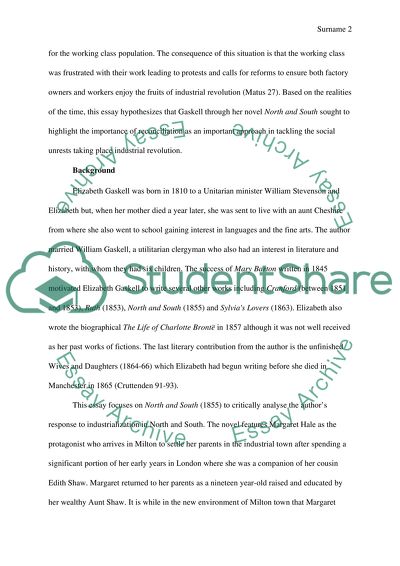Cite this document
(“Gaskell's Response to the Industrialization in North and South Term Paper”, n.d.)
Gaskell's Response to the Industrialization in North and South Term Paper. Retrieved from https://studentshare.org/literature/1656309-gaskells-response-to-the-industrialization-in-north-and-south
Gaskell's Response to the Industrialization in North and South Term Paper. Retrieved from https://studentshare.org/literature/1656309-gaskells-response-to-the-industrialization-in-north-and-south
(Gaskell'S Response to the Industrialization in North and South Term Paper)
Gaskell'S Response to the Industrialization in North and South Term Paper. https://studentshare.org/literature/1656309-gaskells-response-to-the-industrialization-in-north-and-south.
Gaskell'S Response to the Industrialization in North and South Term Paper. https://studentshare.org/literature/1656309-gaskells-response-to-the-industrialization-in-north-and-south.
“Gaskell'S Response to the Industrialization in North and South Term Paper”, n.d. https://studentshare.org/literature/1656309-gaskells-response-to-the-industrialization-in-north-and-south.


